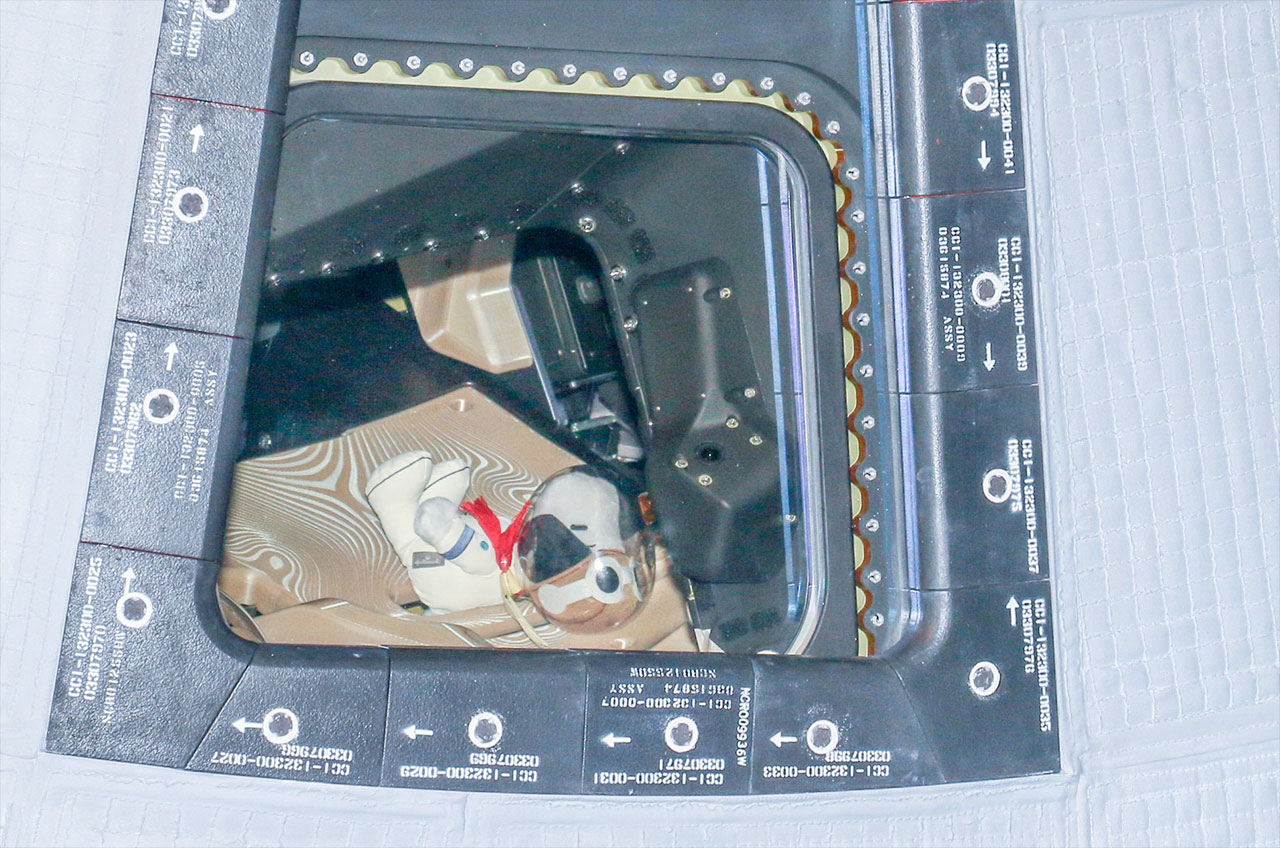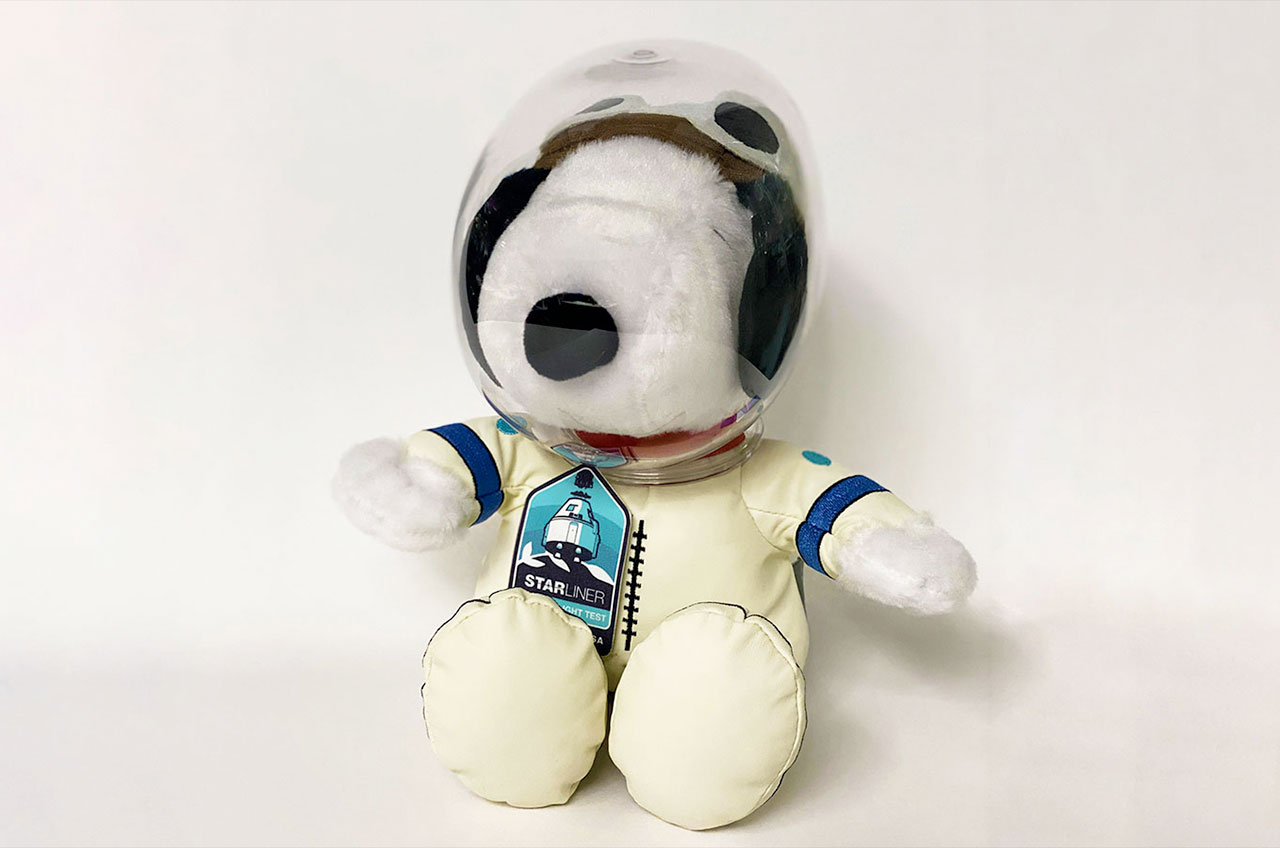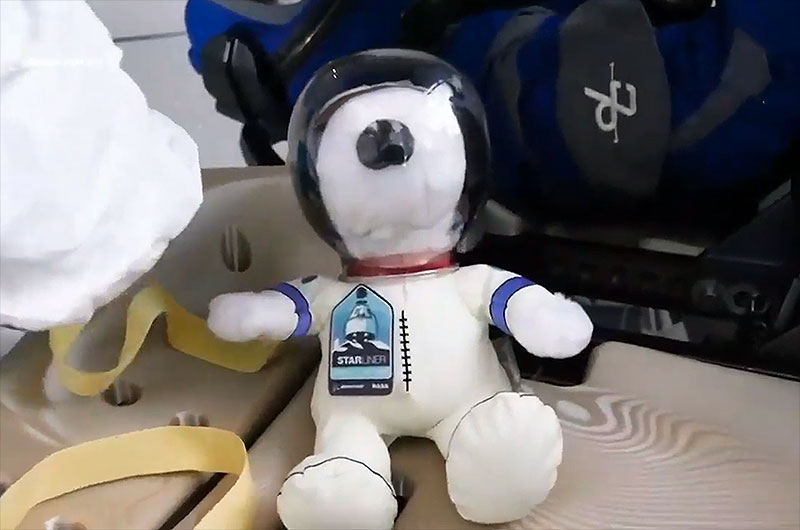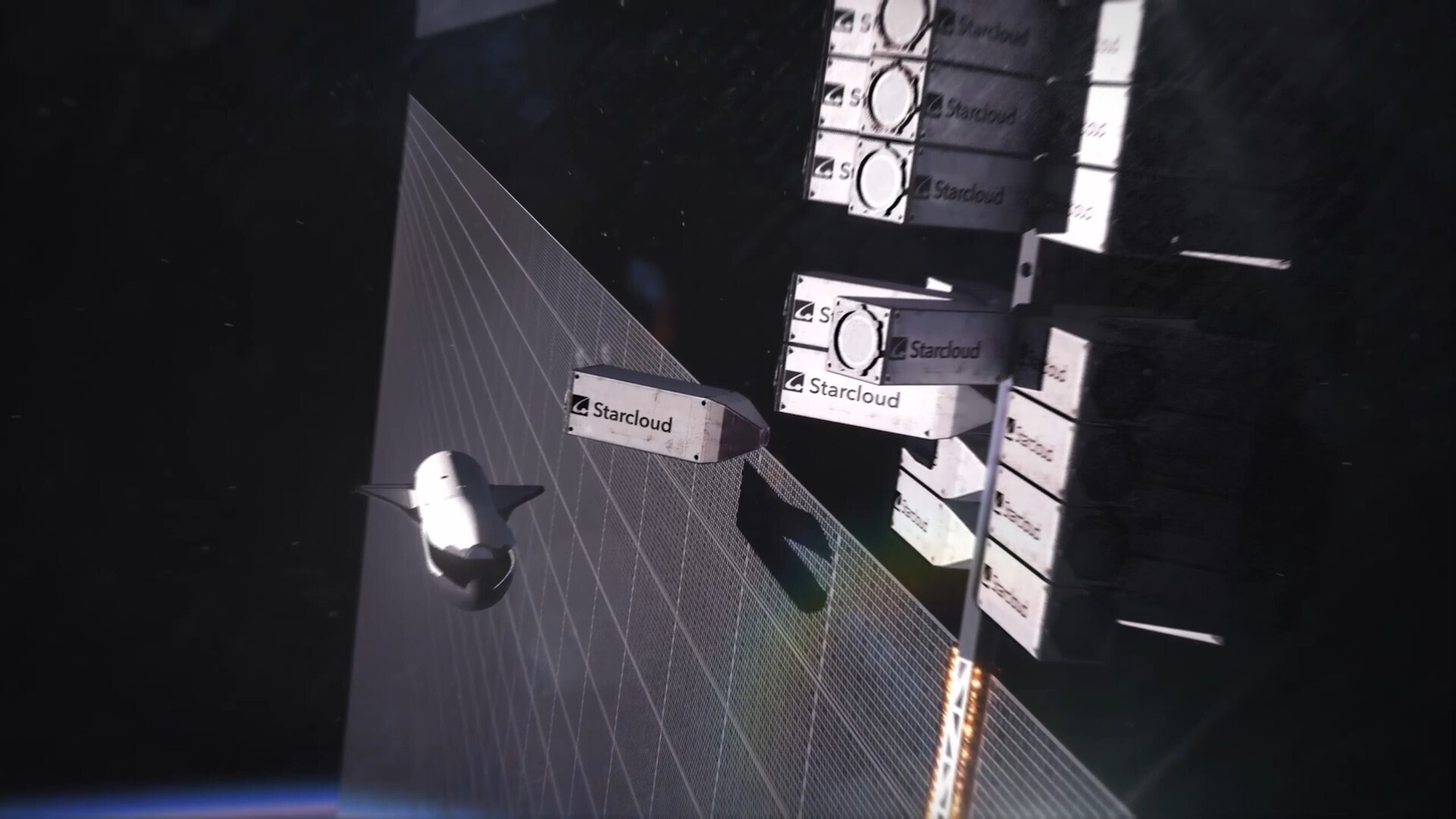New Boeing video shows Snoopy's ride on Starliner Orbital Flight Test
Snoopy's latest adventure as the "world famous astronaut" has now been revealed in a new video from Boeing.
The aerospace company on Wednesday (Jan. 15) released footage recorded on board the first Orbital Flight Test (OFT) of its CST-100 Starliner commercial crew spacecraft. Although the December mission did not go as planned — a timer error resulted in the capsule being unable to reach the International Space Station — it did fly a shortened, two-day flight that achieved most of the Boeing's major goals.
The mission also safely returned the black and white beagle from Charles Schulz's Peanuts comic strip after orbiting Earth 33 times.
Video: Boeing Starliner cabin cam: launch, re-entry & floating Snoopy
Related: Boeing's 1st Starliner flight test in photos
Flying alongside the uncrewed Starliner's only official passenger — a spacesuit-clad, instrumented dummy (or anthropometric test device) named "Rosie" (after the World War II icon Rosie the Riveter), Snoopy, in plush doll form, served as the vehicle's "zero-g indicator." The video shows the doll floating weightless at the end of its "leash" after the Starliner entered Earth orbit.
The Snoopy doll was first revealed to be aboard the Starliner about an hour before its launch on Dec. 20. The flight marked the second time in as many months that Snoopy had entered space. In November, a different style Snoopy plush debuted on the International Space Station in a video accompanying an astronaut Snoopy giant character balloon in the Macy's Thanksgiving Day Parade.
Both Snoopy dolls continued the long association that the cartoon beagle has had with the U.S. space program, first as a safety mascot for the NASA's human spaceflight program and now as a symbol for science, technology, engineering and mathematics (STEM) education.
Breaking space news, the latest updates on rocket launches, skywatching events and more!
Snoopy on Starliner
The Snoopy aboard the OFT Starliner was a 7.5-inch-tall plush dressed in a faux-leather spacesuit with a red scarf and a brown communications cap (or as NASA calls it, a "Snoopy cap") under a clear plastic bubble helmet.
Made by Hallmark, Boeing customized the doll with a Starliner Orbital Flight Test mission patch of the same design that was attached to Rosie's blue spacesuit.
Snoopy is the second zero-g indicator to fly on a commercial crew vehicle. When SpaceX launched its uncrewed Crew Dragon on its first demonstration mission ("Demo 1") to the International Space Station, the company surprised the public by flying a plush doll of planet Earth made by Celestial Buddies.
The tradition of flying zero-g indicators, or talisman, began in Russia with the very first human spaceflight. Soviet cosmonaut Yuri Gagarin took with him a small toy doll to watch as it floated on board his Vostok spacecraft on April 12, 1961.
Since then, many Russian spacecraft commanders have chosen to do the same, often taking dolls or toys chosen by their children. Other popular characters that have been used as zero-g indicators have included R2-D2 from "Star Wars," Olaf the snowman from Disney's "Frozen," Smokey Bear from the U.S. Forest Service and Red from the Rovio Entertainment mobile game "Angry Birds."
Bounce-down
The nearly-three minute video includes brief clips from each stage of the Starliner OFT mission, from its pre-dawn launch at the Cape Canaveral Air Force Station in Florida through its touchdown two days later at the White Sands Missile Range in New Mexico.
In between, are views from cameras pointed inside the capsule and out a window showing Earth below.
Snoopy rode in one of the Starliner's two seats configured for the OFT mission, positioned near stowage bags with clothing, food and supplies that were intended for the space station. "Rosie" was strapped into the seat beside him, recording the g-forces an astronaut would experience during liftoff and landing.
Connected by a short tether, or leash, Snoopy stayed close to the seat as thruster firings set him into motion. The video shows the doll gently bouncing when the Starliner touched down under three main parachutes and atop six airbags. The Boeing spacecraft is the first crew capsule in U.S. history to be designed to return to land (rather than splashing down in the ocean).
With its first flight completed, the OFT Starliner (christened post-flight "Calypso"), Rosie and Snoopy were returned to Florida, where the spacecraft is undergoing inspections and will be refurbished for its reuse at Kennedy Space Center. NASA and Boeing have also convened a panel to determine the cause of the timer error and whether another orbital flight test is needed before launching a crewed flight test to the space station.
Click through to collectSPACE to see Snoopy float in Boeing’s Starliner cabin view video.
- Astronaut snoopy floats on space station, flies in Macy's Thanksgiving Day Parade
- 'Snoopy in Space' launches Peanuts gang on NASA adventures on Apple TV+
- In photos: Snoopy visits NASA's Jet Propulsion Laboratory
Follow collectSPACE.com on Facebook and on Twitter at @collectSPACE. Copyright 2020 collectSPACE.com. All rights reserved.


Robert Pearlman is a space historian, journalist and the founder and editor of collectSPACE.com, a daily news publication and community devoted to space history with a particular focus on how and where space exploration intersects with pop culture. Pearlman is also a contributing writer for Space.com and co-author of "Space Stations: The Art, Science, and Reality of Working in Space” published by Smithsonian Books in 2018.
In 2009, he was inducted into the U.S. Space Camp Hall of Fame in Huntsville, Alabama. In 2021, he was honored by the American Astronautical Society with the Ordway Award for Sustained Excellence in Spaceflight History. In 2023, the National Space Club Florida Committee recognized Pearlman with the Kolcum News and Communications Award for excellence in telling the space story along the Space Coast and throughout the world.




